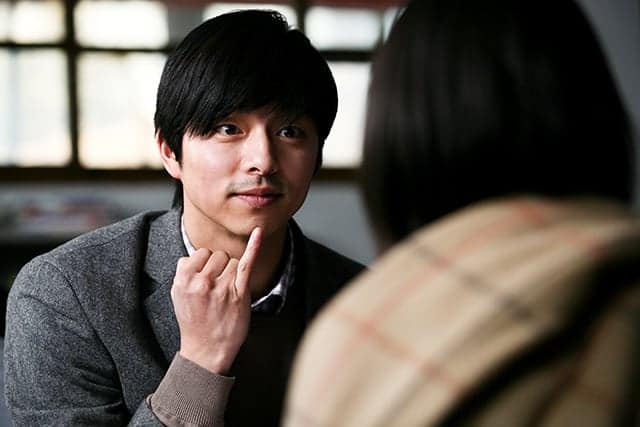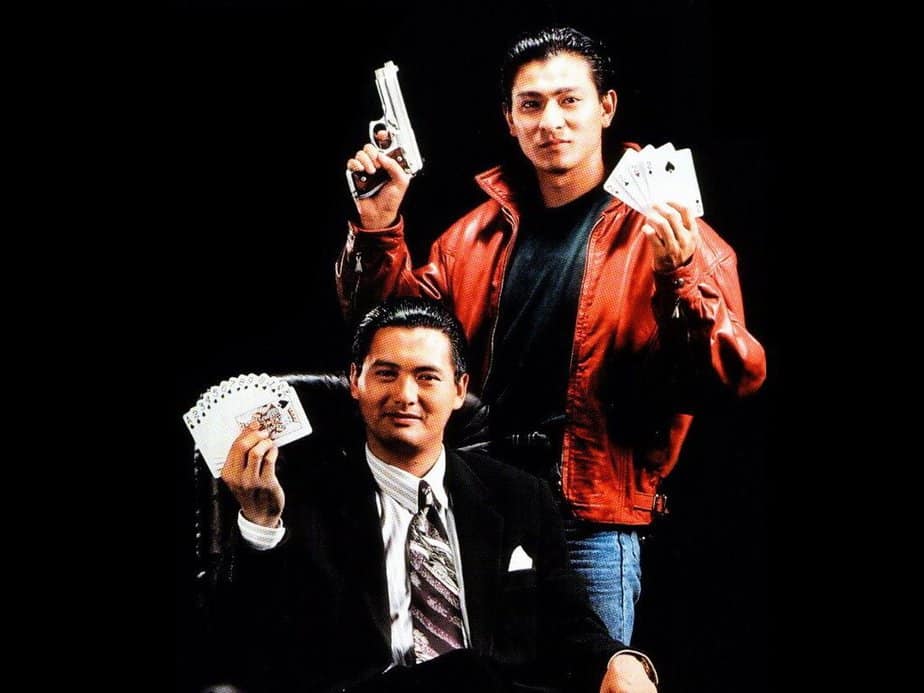Everyone who pursues meaning, and not laughter and primitive everyday themes, goes to watch Asian movies. It is different, unusual, semantic, catchy and creates neural connections. This film industry market is immense both in meaning and in scope. After all, it includes various regional and cultural divisions: Western, Central, Southern, Northern, Eastern and Southeast Asia.
While Japan already managed to make a mark in the global film industry in the 50s and 60s thanks to Akiro Kurosawa and other geniuses, other regions have not yet conquered the viewer around the world. Therefore, Japan should always be considered separately. Like another world. Watch bigg movie now and get your shot of Asian exoticism. There was no key figure like Rossellini, Godard or Fassbinder, for example. Variety reigns here. But there is one thing in common – no resemblance to Hollywood films. But the American viewer didn't pass by Changhwan, Raise the Red Lanterns, Crouching Tiger, The Invisible Dragon, Green Papaya Fragrance, Love Stress, Green Papaya Fragrance and other TOP. Perhaps the reason is that such films show the real mysterious world of Asia that attracts everyone. Natural, show the cultural layer of Asia.
The source of the script is real life, and not fantasies about Hollywood trends, and films similar like a copy. The camera of an Asian operator does not show the viewer a close-up, there is no sharp change from close-up to the big picture. First, a look at what is happening from far away, when a spectator decides what to look for. Asian cinema provides an opportunity to think, evaluate, see from afar, understand, what the essence and what the filmmakers wanted to say. There is no Hollywood harshness for strong emotions, there is a certain aesthetics.
Chinese films are tightly connected with Chinese poetry, art, and spiritual origins. This gives them a special exoticism. Chinese poetry, with its exposition of landscapes, is fundamentally close to the cinema. Chinese filmmaker does not seek to describe feelings with epithets, but seek to evoke them in the viewer.
Ang Lee, explains that in Chinese cinema, the viewer is shown first the landscape, then the hero, and only after what the hero is looking at. This allows to show real inner experiences, the psychoanalysis of the hero. Using metaphors. To talk about feelings, but without words. Despite the fact that Ang Lee was armed with American cinema equipment for Crouching Tiger, Hidden Dragon, he returned to China, and did not move away from him, as he had done previously with six previous films. The Tiger and the Dragon showed the whole world what Chinese poetics and a complex Chinese plot are.
Cult Asian films of the 21st century:
- 13 Assassins, Always Sunset on Third Street, Confessions (Japan);
- Masquerade, 3-Iron, I Saw the Devil (S. Korea);
- Warriors of the Rainbow: Seediq Bale (Taiwan);
- The Raid: Redemption (Indonesia);
- Ip Man, Hero Curse of the Golden Flower, City of Life And Death (China);
- A Separation (Iran);
- Grandmother (Philippines).
Of course, there are many more such masterpieces.















